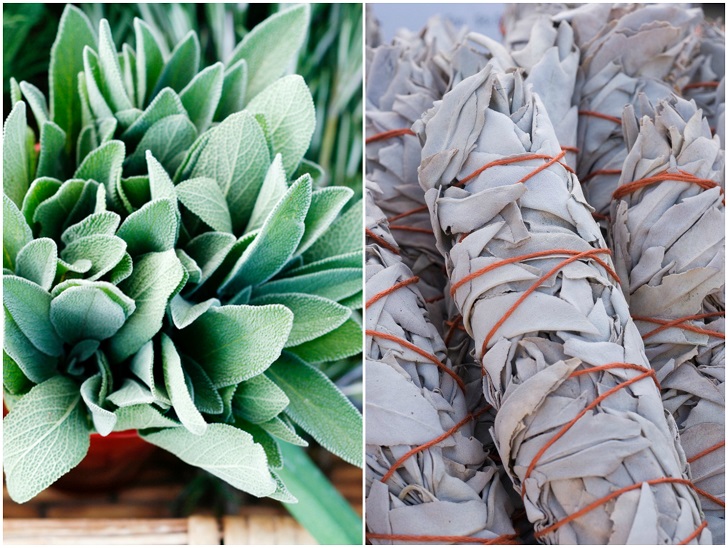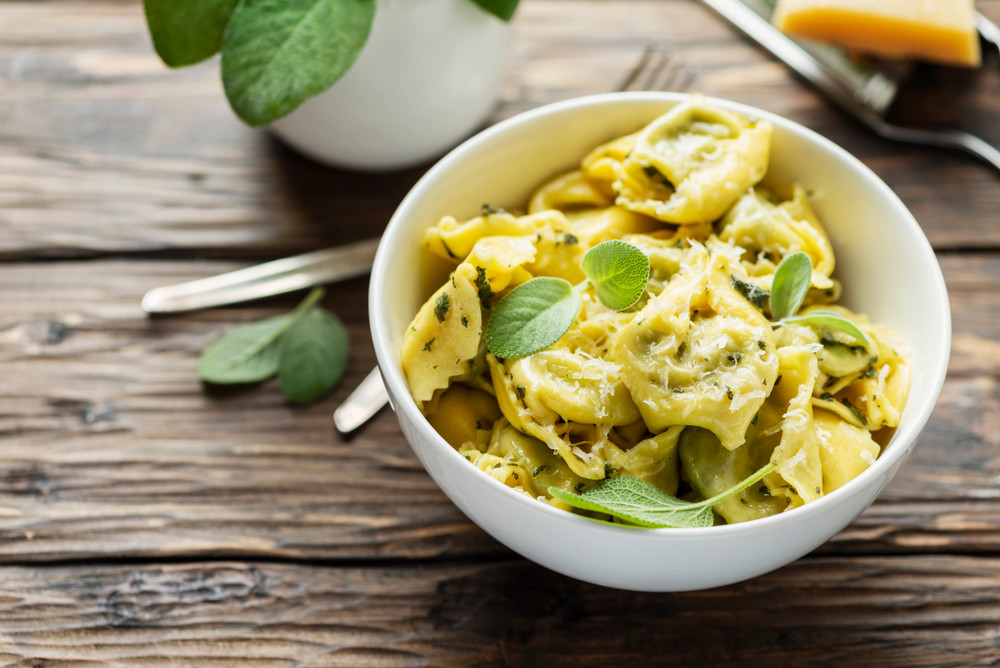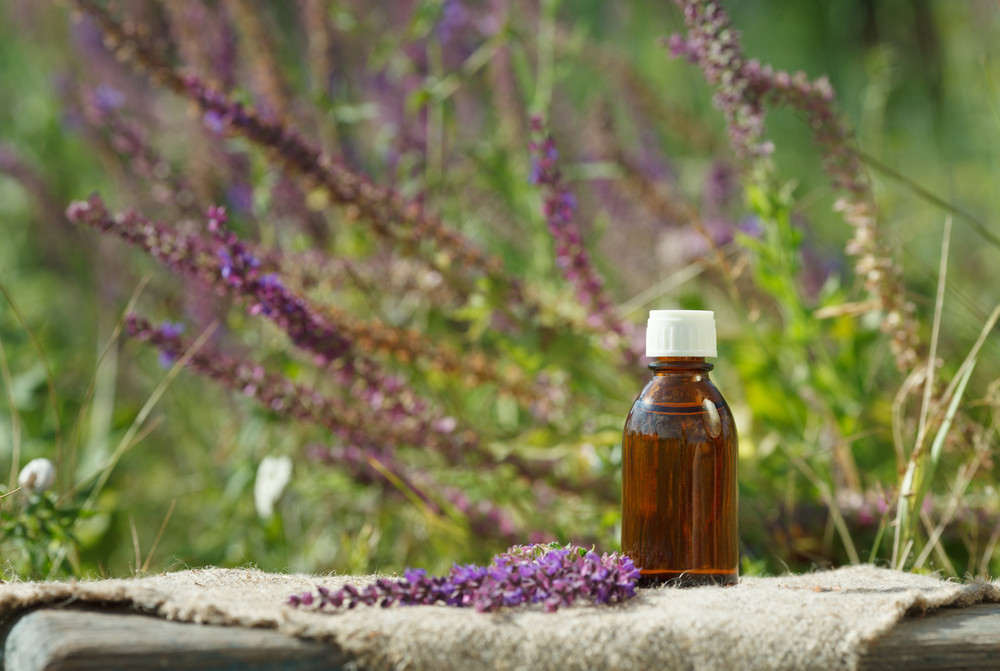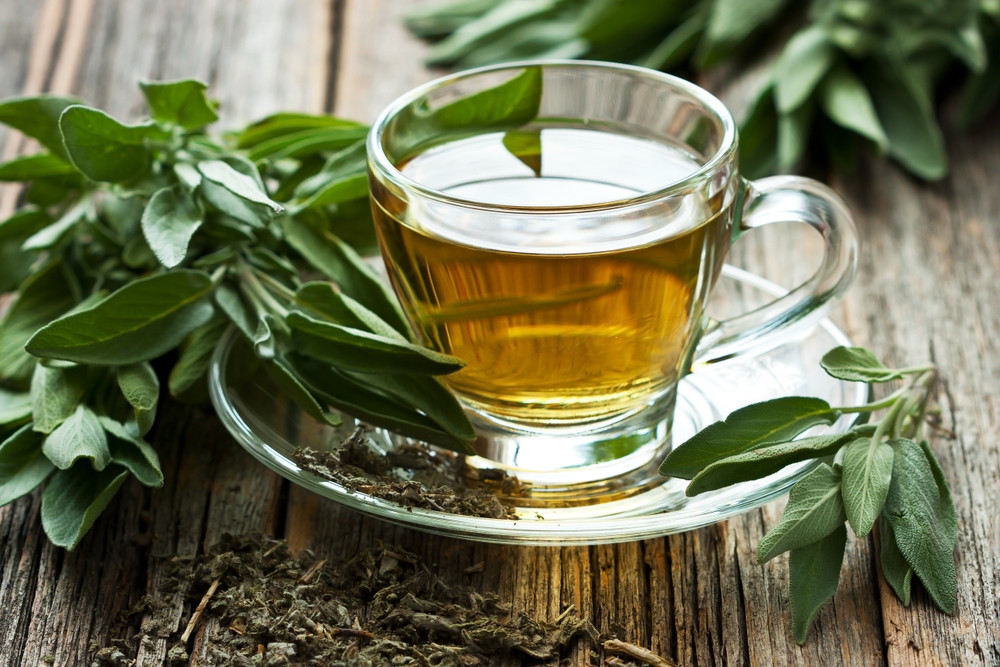
Native to the Mediterranean region, sage has a long history of medicinal and culinary use. And with shimmering silvery-green leaves and pretty blue flowers, the sage plant is as beautiful as it is functional.
Here’s why sage deserves a place in every garden:
1. It’s Easy to Grow
This perennial, evergreen shrub is easy to plant and, once established, even easier to care for. It does best in full sun and well-draining soil.
If you practice companion planting, place sage next to the brassica family, which includes broccoli, cabbage and cauliflower.
Be sure to choose an edible variety of sage to grow in your herb garden, such as Garden Sage, Purple Sage, Tri-color Sage or Golden Sage.
2. It Smells Beautiful
Plant a truly aromatic garden by adding the distinctive earthy tones of the sage plant to the mix.
You’ll find more of the most fragrant herbs and flowers for your garden here.
3. It Repels Garden Pests
Planting sage outdoors works to keep vegetable-munching pests like cabbage moths and carrot flies at bay – a must for any organic gardener.
4. It Attracts Pollinators

Bring butterflies, hummingbirds and bees to your backyard with the earthy tones of the sage plant.
These creatures will add color and vibrancy to your garden, while helping to pollinate your flowers and plants.
Uses for Sage
Here are 20 ways to make use of your sage plant:
In the Kitchen
With an intense flavor reminiscent of eucalyptus, lemon, and mint, sage is a fantastic culinary herb to have on hand. Use it sparingly in the kitchen though – a little can go a long way!
1. Infused Oils
Infuse pure oil with the earthy aroma and flavor of sage to preserve your harvest.
These infusions take just minutes to prepare, don’t require any special equipment, and make fantastic handmade gifts.
This sage and peppercorn olive oil recipe can be used as a substitute for fresh sage in baked, stewed or slow cooked dishes; or as a marinade for meat, fish or vegetables.
2. Herbal Butter

Take your butter to the next level by adding some homegrown sage. It’s great on top of grilled chicken or fish or tossed with steamed vegetables.
This sage butter recipe uses shallots, lemon and black pepper for added kick.
3. Rosemary Sage Seasoning Salt
This fantastic flavor combination not only helps preserve your herb garden bounty, it makes for a simple yet delicious meat rub.
It can also be stirred into soups and stews, or sprinkled on roasted vegetables and scrambled eggs. Here is the recipe.
4. Sage and Onion Stuffing
Perhaps one of the most common uses for sage in the kitchen, this flavorsome sage and onion stuffing can be served as a vegetarian side or in the traditional stuffed turkey.
5. Sauces and Soups

Sage works in all manner of soups and sauces. When combined with Italian parsley, it makes a powerful pesto.
Sage adds another dimension to a classic tomato sauce and is perfect in a Tuscan-inspired creamy sage sauce which can be drizzled over vegetables and pastas.
When it comes to soup, sage works best with Fall vegetables – as in this butternut squash and sage soup; this chestnut and sage soup; or an English onion soup with sage and cheddar.
6. Salads
While sage isn’t a traditional salad herb like basil or cilantro are, it can work when paired with the right ingredients.
Try this roasted new potato salad with sage leaves; a roasted asparagus and fried sage salad; or a refreshing and detoxing green herb salad.
7. Breads and Pastas

Plain home-baked breads and pasta can be easily flavored with a drizzle of sage infused oil, or a smear of sage butter.
Sage can also be mixed into the dough of these delicious staples for an herby flavor explosion.
Why not try a sage and onion tear-and-share bread; a tasty parsnip, parmesan and sage bread; or a slice of sage and rosemary focaccia?
8. Desserts
All manner of herbs can lend a fragrant earthiness to sweet treats – and sage is no exception.
Enjoy it in a grown-up Meyer lemon, sage and olive oil cake; a sweet and crunchy maple sage ice cream with sugared walnuts; a fruity dessert of roasted figs with sage and red wine; or an ingenious brown butter and sage apple pie.
9. Drinks

Sage adds an extra level of refreshment to everything from detox waters to cocktail party favorites.
Cool down with a grapefruit, lemon and sage infused water; a rhubarb and cherry sage iced tea; or a pitcher of blackberry sage lemonade.
In the evenings, unwind with a sage and gin bee’s knees cocktail; a bourbon with honey-sage simple syrup; or an orange and sage vodka tonic.
For Health and Wellbeing
Historically used for ailments ranging from mental disorders to gastrointestinal discomfort, today sage is still believed to improve health and wellbeing in a variety of ways:
10. Make a Healing Oil

Harness the potent healing powers of sage in a homemade oil. Although it is a complex process (outlined here), distilling your own essential oils can be very rewarding.
To make a slightly less potent sage oil – a much simpler process – infuse the dried herb in a carrier oil like jojoba or olive for three to six weeks.
This anti-inflammatory and antibacterial oil can be used to improve memory and attention, as a gargle for sore throats, and to give a pain-killing massage.
11. Sage Tea for Mouth and Throat Problems
Sage is commonly brewed into a tea – or used as a gargle – to kill the pain of sore throats, mouth ulcers, gum disease, laryngitis and coughs thanks to its astringent, antiseptic, and antibacterial qualities.
If you have a toothache, mix a tablespoon of sea salt with two tablespoons of dried sage in a little whiskey or water. Swish this around your mouth for a few minutes before spitting out.
Discover even more healing herbal teas here.
12. Aid Digestive Function
A cup of sage tea after meals can help relieve digestive problems like gas or bloating.
A spoonful of sage infused olive oil can help relieve constipation.
13. Improved Memory and Attention Span

Several studies have demonstrated the ability of sage extract or sage essential oils to improve memory, attention span, alertness and mood.
Even those with Alzheimer’s disease have been shown to enjoy improved cognitive function and behavior after four months of treatment with sage tincture.
Add sage oil to your diffuser, or inhale the scent of a soothing cup of sage tea for greater alertness and cognition.
14. Natural Body Deodorizer
Using conventional antiperspirants and deodorants can simply add more chemicals to your toxic load.
For improved health and the good of the environment, embrace natural ways of smelling good – including by eating more sage!
Herbs like sage, basil, parsley, mint, and rosemary are all said to be natural body deodorizers when eaten or juiced regularly.
15. Burn Sage Smudge Sticks

The burning of herbs, a practice known as smudging, has been used for thousands of years to cleanse the air of impurities such as bacteria and viruses.
Smudging is also used as a traditional mystical ritual, changing, clearing and shifting the surrounding air – and is often used to raise the vibrations of the home.
Sage is by far the most popular herb to smudge with – simply take a dried bundle of sage, light it, quickly blow the flame out, and allow the smoke to waft around the house.
16. Reduce Menopausal Symptoms
Some research suggests that taking extract of common sage for eight weeks can improve the symptoms of menopause, especially hot flashes.
17. Relieve Congestion
Sage works in a similar manner to eucalyptus to relieve bronchitis and congestion by loosening mucus, preventing bacterial growth, and soothing the irritated lining of the bronchial tubes.
Add a tablespoon of dried sage, a handful of fresh leaves or a few drops of sage oil to three cups of water and bring to a boil.
Transfer immediately to a large, heat proof bowl.
Drape a towel over your head and lean over the bowl, breathing in the healing vapors for up to ten minutes. This process can be repeated several times a day until symptoms improve.
18. Natural Household Cleaner

Thanks to its antimicrobial and antifungal effects, sage makes an effective and all-natural kitchen and bathroom cleaning agent – especially when coupled with white vinegar.
Research has even shown sage to be effective against both E. coli and salmonella.
Follow the easy recipe here.
19. Darken Gray Hair
Make your very own vinegar rinse to hide pesky gray hairs without the use of harsh dyes.
Learn how to make the rinse here, and then use it after shampooing several times a week to darken grays over time, add shine, and even deepen your natural brown or black coloring.
Sage oil can also be rubbed into the scalp to address fungal dandruff and reduce oily hair.
20. Skin Benefits
Use sage oil topically to slow down the signs of aging, to prevent scars and bacterial growth, and as a natural moisturizing lotion.
